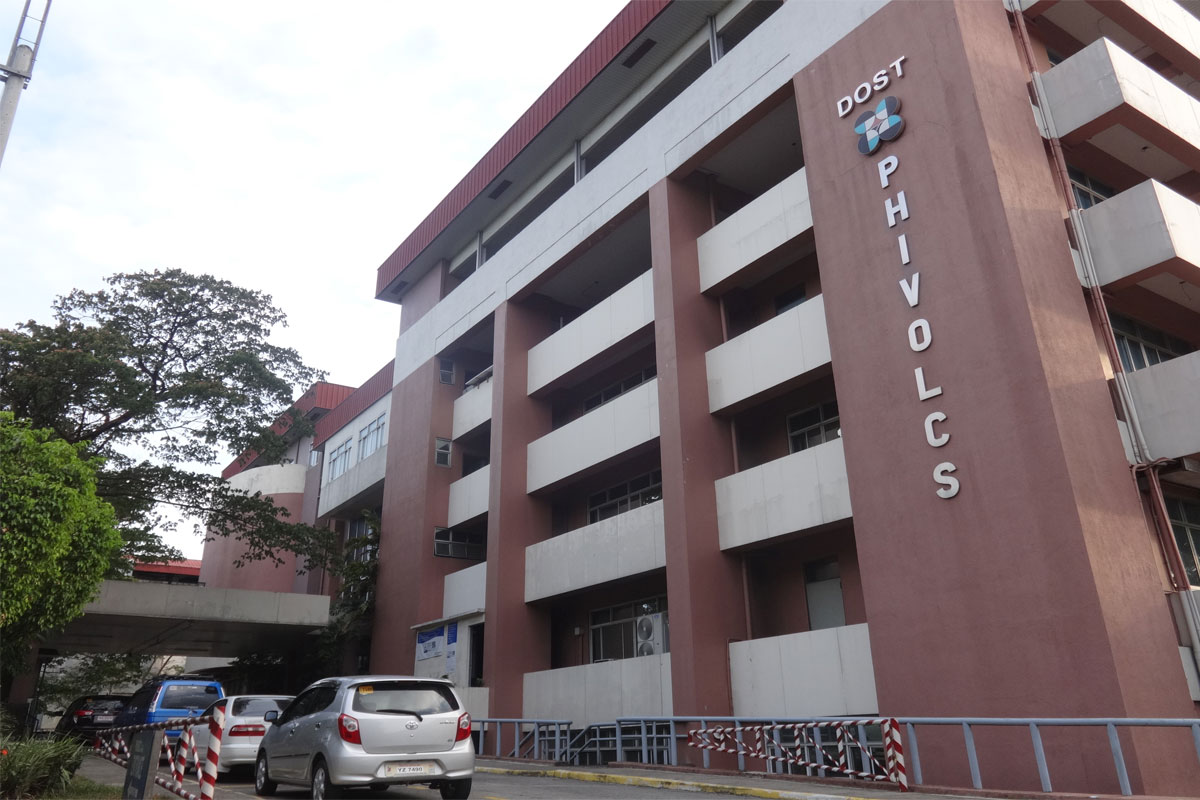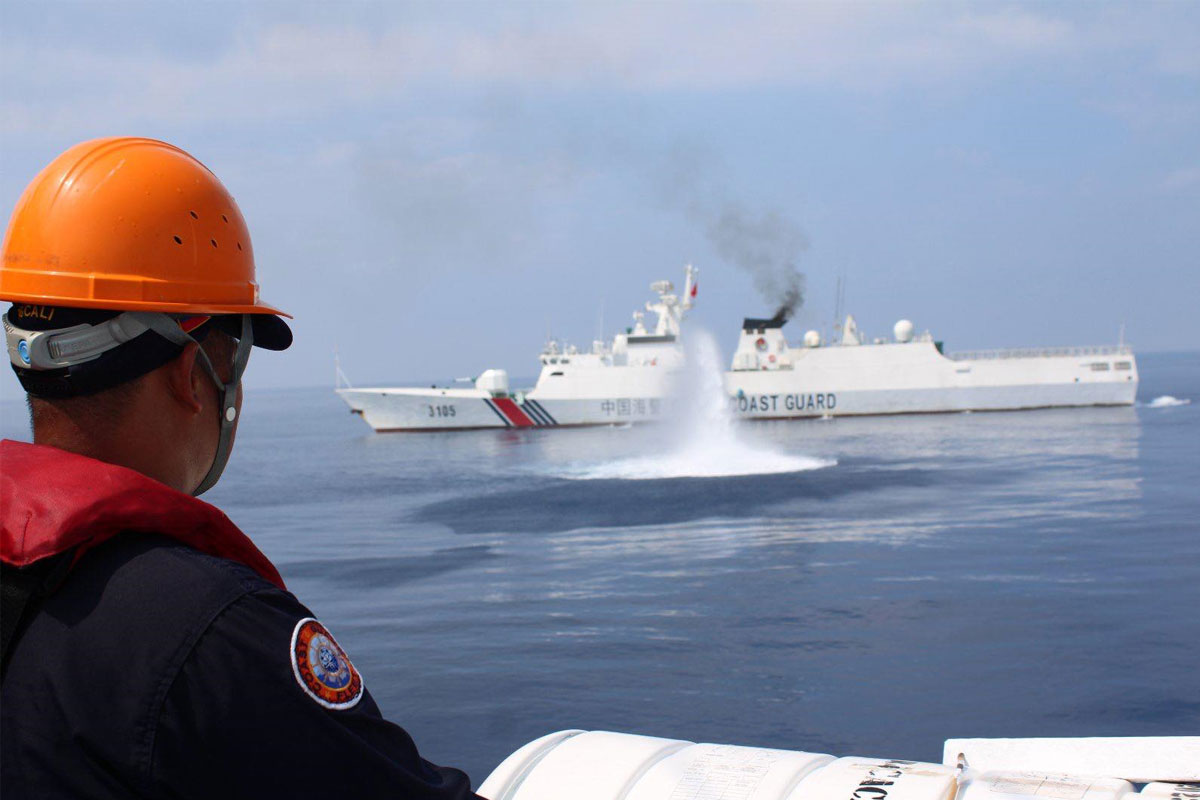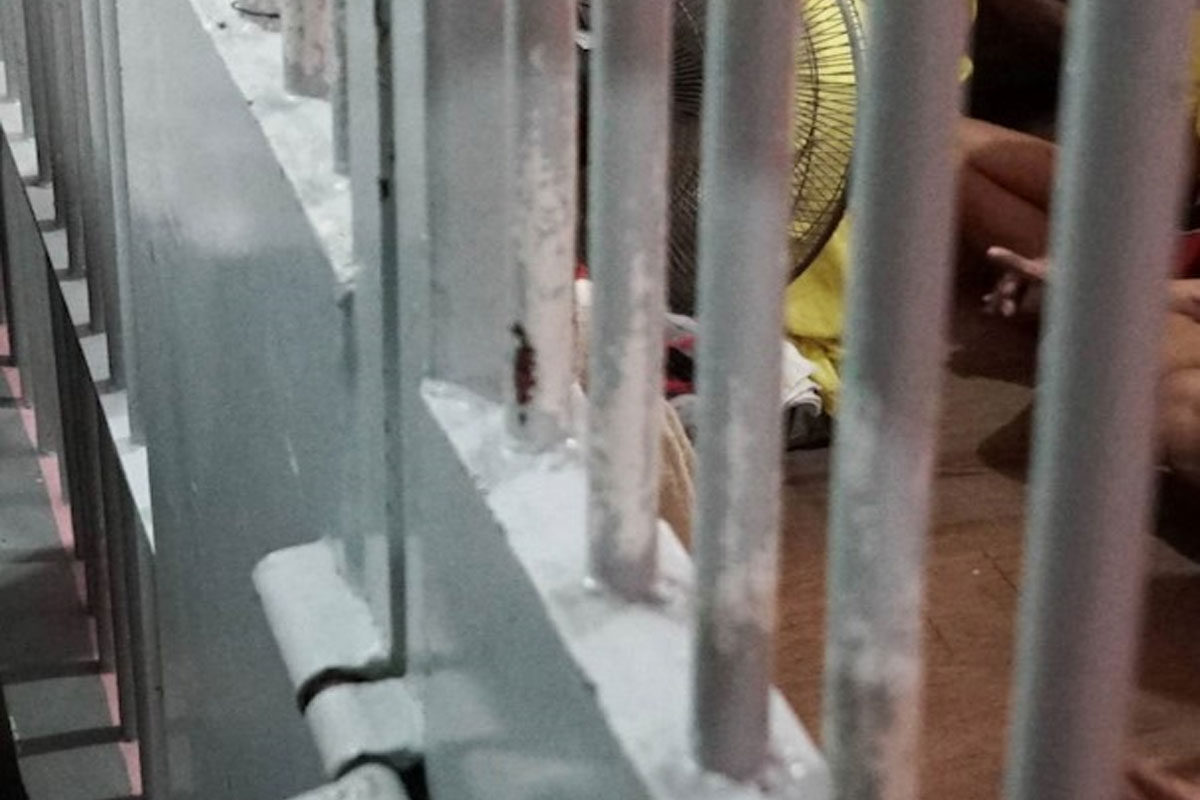
Taal Volcano emits increased sulfur dioxide anew
BATANGAS – The Taal Main Crater spewed 17,141 tons per day of volcanic sulfur dioxide or SO2 gas early Monday, the highest amount since the volcano was downgraded to Alert Level 1 a few weeks ago, according to the Philippine Institute of Volcanology and Seismology (Phivolcs).
It is estimated that the released volcanic gas will be blown into the air in a general east to west direction based on the air parcel trajectory data of the Philippine Atmospheric, Geophysical and Astronomical Services Administration (PAGASA).
The average SO2 flux from July 15 – dropped to 6,041 tonnes per day, with an increase from the average of 1,289 tonnes per day from May to July 15, 2022.
The degassing is notable for the restoration of upwelling in the Taal Main Crater lake and the emission of thick smoke here in the past three days.
On the other hand, three tremor events that lasted for nine minutes were recorded during the past monitoring day.
Phivolcs reminds the public that Alert Level 1 has been raised at Taal Volcano, which means that the volcano is not in normal condition, and its activity or threat of eruption has not yet subsided.
If there is an aggravation or drastic change in the monitoring parameters, the alert level may be raised again to Alert Level 2.
On the other hand, if the monitoring parameters return to the baseline level after a sufficient period of monitoring, the alert level can be lowered to Alert Level 0.
At the current Alert Level 1, sudden bursts of steam or phreatic explosions, volcanic earthquakes, thin ashfall, and accumulation or emission of toxic gases may occur in the atmosphere of Taal Volcano Island or TVI.
Phivolcs strongly suggests a strict ban on entering the TVI, which is the “Permanent Danger Zone” or PDZ of the Taal Volcano, especially around and inside the Main Crater and the Daang Castilla fissure.
Local Government Units (LGUs) are urged to continue to assess the damage and condition of roads and paths and to strengthen preparedness, contingency, and communication methods in case the condition of the volcano changes.
People are advised to be careful of the movement of the ground that has a crack (fissure), possible ash rain, and weak earthquakes.
Civil aviation authorities are urged to advise pilots not to fly near the volcano to avoid sudden eruptions of ash and large rock fragments or flying ash carried by strong winds that could pose a danger to aircraft.





















